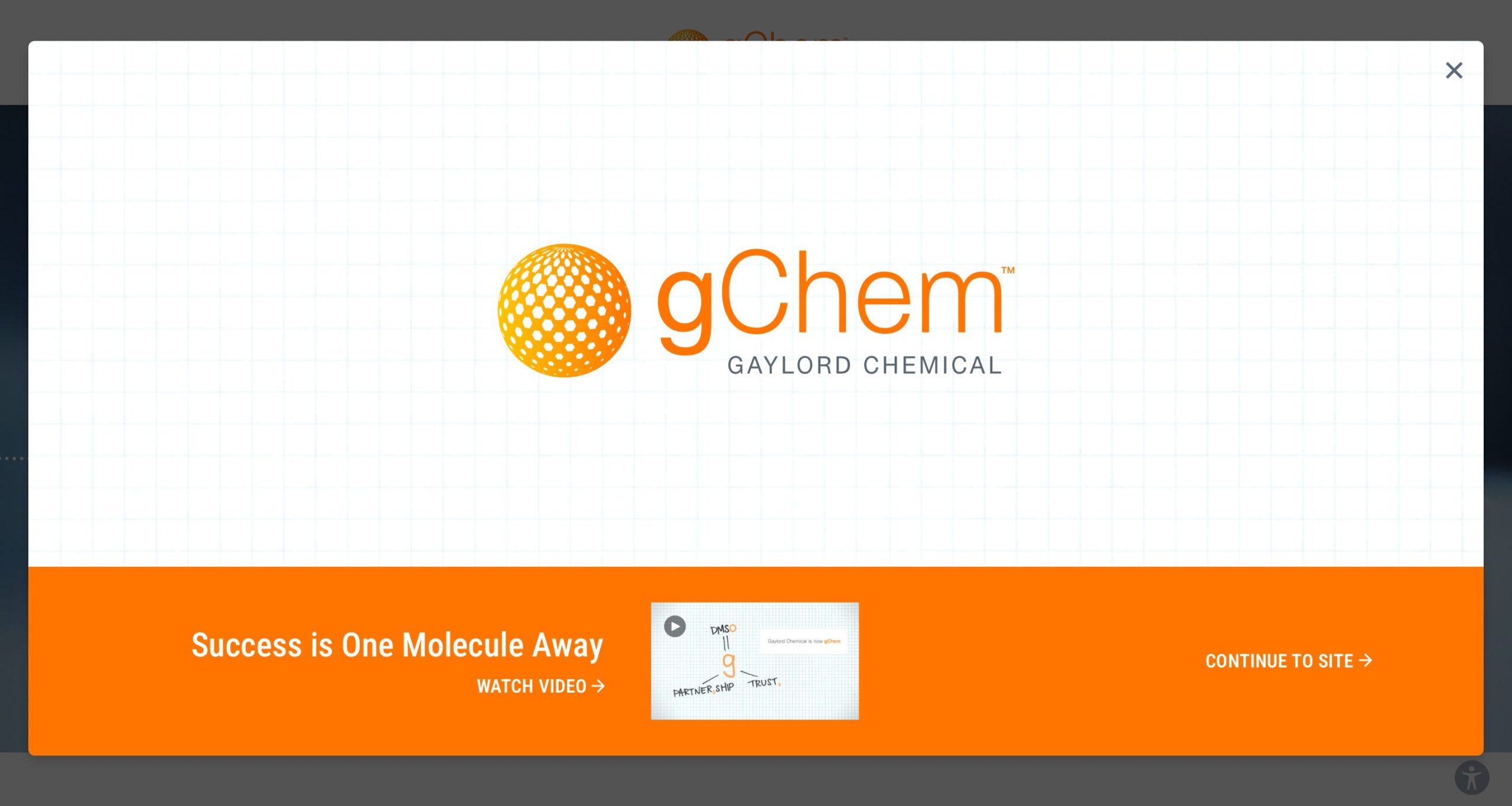 Effective Solution for API and Intermediate Synthesis
Effective Solution for API and Intermediate Synthesis
DMSO is an essential component in numerous commercial and experimental pharmaceutical syntheses processes. Below are proven pharmacological drug classes which benefit from the use of DMSO in manufacturing.
Synthesis of:
- Azoles
- Quinolone Antibiotics
- Macrolides
As a reagent, DMSO is key to a class of mild and selective oxidation reactions (Swern, Pfitzner-Moffatt, Parihk-Doering, etc). DMSO can be used to form the dimsyl ion, which is a strong base useful in alkylation, nucleophilic displacement and condensation reactions.
DMSO Synthesis Grade and Procipient®(Dimethyl Sulfoxide USP, PhEur) are most commonly used in these applications.
Powerful Solvent Properties
- Powerful, yet safe dipolar aprotic solvent
- Effective for highly insoluble active ingredients
- Improved selectivity and yield in many types of chemical reactions
- Relatively high boiling point
- Essentially odorless
Active Pharmaceutical Ingredients (API) are among the many organic compounds that may be synthesized with DMSO

When used as a reaction solvent:
- DMSO can improve selectivity and yield in many types of chemical reactions
- The relatively high boiling point of DMSO allows higher reaction temperatures than many solvents
- DMSO is a useful polymer solvent, which is proving very useful in pharmaceutical science
As a reagent:
- DMSO is key to a class of mild and selective oxidation reactions (Swern, Pfitzner-Moffatt, Parihk-Doering, etc).
- DMSO can be used to form the dimsyl ion, which is a strong base useful in alkylation, nucleophilic displacement and condensation reactions.
Many Active Pharmaceutical Ingredients (API) are initially synthesized in DMSO due these properties.
Azoles
Azoles are substituted imidazoles that exhibit fungistatic activity at very low levels and are fungicidal at micromolar levels.
- Common fungicides used in agricultural and medicinal applications include
- Itraconazole
- Ketoconazole
- miconazole
Quinolone Antibiotics
The Quinolones have medicinal properties that make them important agents in the treatment of cystic fibrosis and bacterial infections.
- Important examples from this class include
- Ciprofloxacin hydrochloride
- Norfloxacin.
The piperidine addition step is effectively performed in hot DMSO. DMSO is an especially useful solvent for nucleophilic substitution reactions using amine nucleophiles.
Gaylord Chemical’s Comparative Reaction Solvent program has developed data which suggests that DMSO is the preferred solvent for such transformation even relative to other dipolar aprotic solvents.
Macrolides
DMSO is an important solvent in the synthesis of some macrolide antibiotics.
In the clarythromycin process, it is the solvent used in the methylation step shown below.
In spite of the many hydroxyl groups available for alkylation, the hydroxyl moiety highlighted is selectively methylated in the process.
Some chemical reactions require the participation of DMSO as a reactive intermediate. Such DMSO Intrinsic Reactions are featured in a web-based seminar module accessible from the Learning Center.







